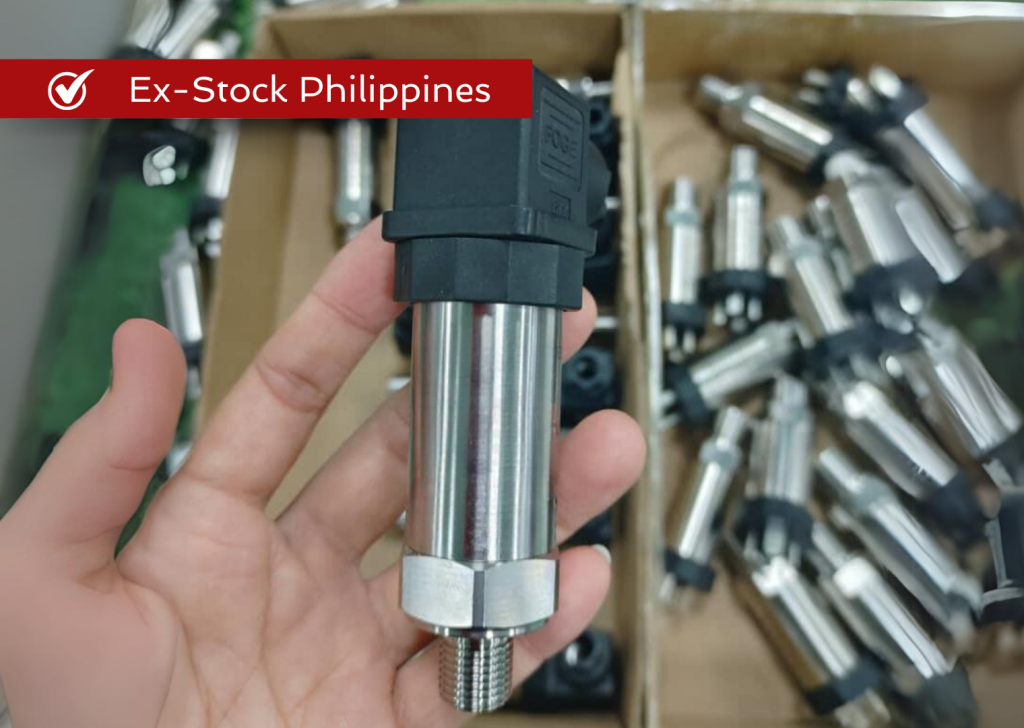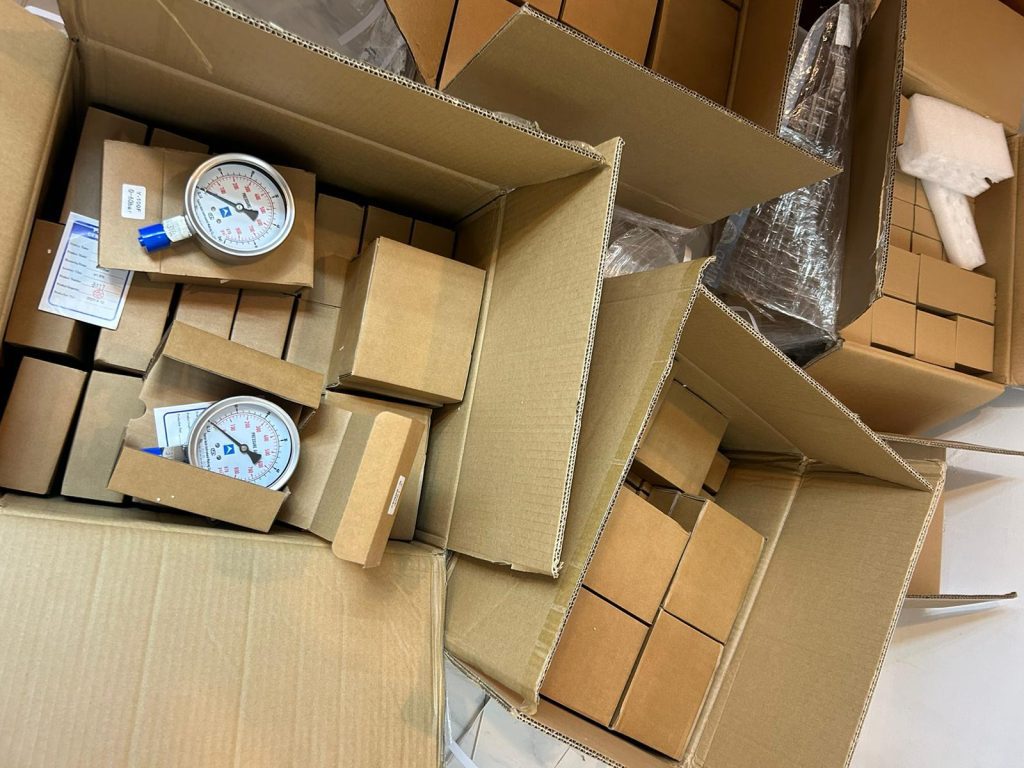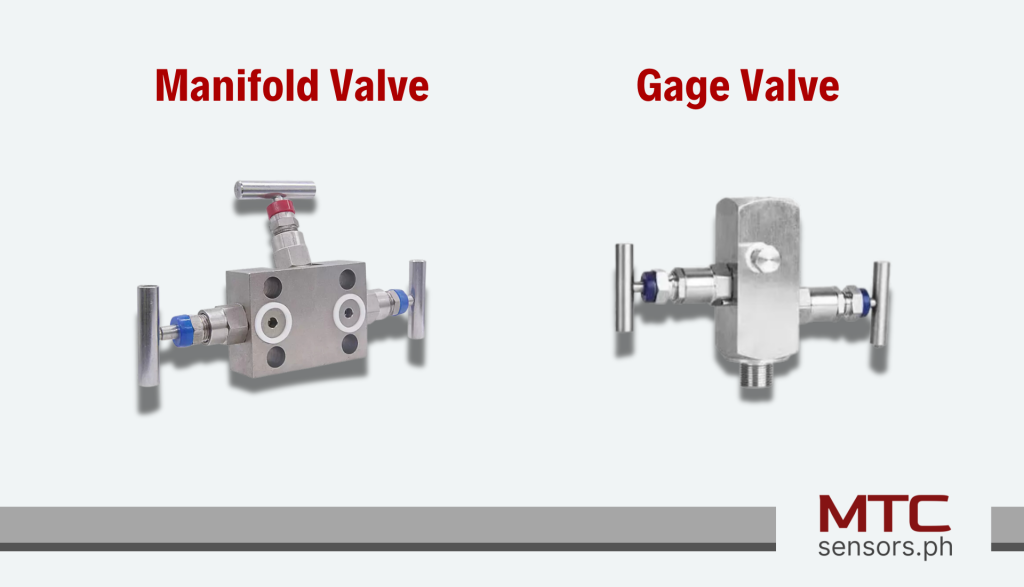- atmospheres
- bars
- centimeters mercury
- centimeters water
- feet of water
- hectopascals (hPa)
- inches of water
- inches of mercury
- kilogram-forces/sq. centimeter
- kilogram-forces/sq. meter
- kilopascals (kPa)
- kips/sq. Inch
- meganewtons/sq. meter
- meters of water
- millibars
- millimeters of mercury
- millimeter of water
- newtons/sq. centimeter
- newtons/sq. meter
- newtons/sq. millimeter
- pascals (Pa)
- pounds-force/sq. foot
- pound-force/sq. inch
- poundals/sq. foot
- tons (UK)-force/sq. foot
- tons (UK)-force/sq. inch
- tons (US)-force/sq. foot
- tons (US)-force/sq. foot
- tonnes-force/sq. cm
- tonnes-force/sq. meter
- torr (mm Hg 0°C)















